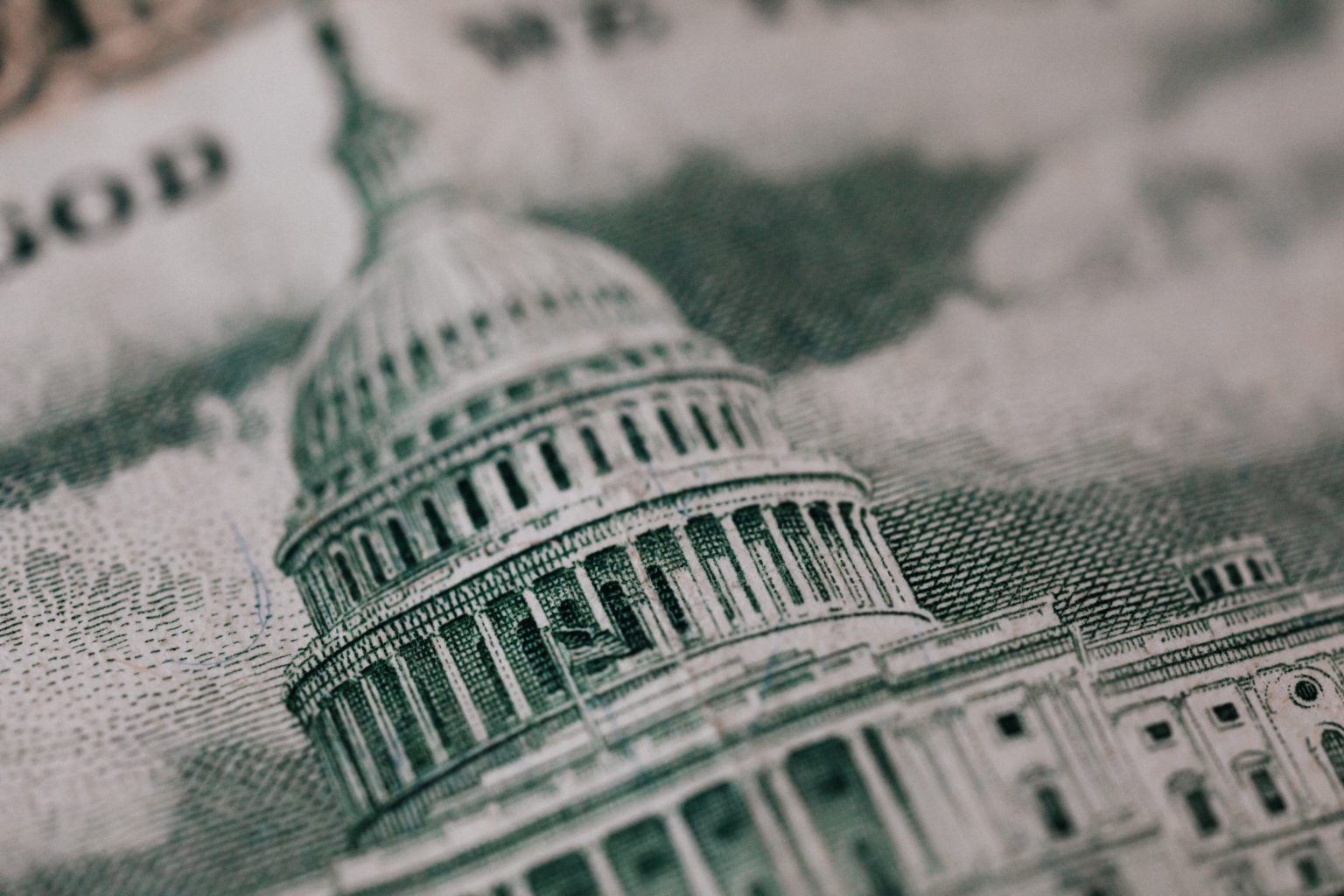What if I told you the money to fund green infrastructure was hiding in plain sight? The answer lies in the basics of supply and demand. When demand for a typical product drops the price generally drops too. In the case of oil, it’s even more dramatic since it’s so hard to stop and restart oil production. The way to take advantage of this is simple, subsidize electric vehicles until they drop oil demand by 5% and then implement a tax on the crashing price of oil. That tax would raise a Trillion Dollars!
While lawmakers oppose clean energy investments by feigning concern over the national debt, they are actually holding back a trillion dollars in revenue. Electric vehicle subsidies will raise revenue while saving the planet. At the same time they will make gasoline cheaper for everyone.
The electric vehicle subsidies proposed by the Biden Administration are projected to lead to 61% of new vehicle being for electric vehicles by 2030. Even that projection may be pessimistic. Since nearly 90% of Norway’s new car sales are for electric cars so it’s certainly possible to see how electric vehicles could dominate the US market sooner rather than later.
It seems obvious, but it’s often overlooked, that reducing demand for gasoline makes gasoline cheaper. Less driving of gasoline-powered vehicles leads to less demand for gasoline and less demand leads to cheaper prices. The impact is exaggerated by the nature of the oil industry. Oil production projects take years to develop, and it’s a slow and expensive process for oil companies to increase or decrease their production. That’s what economists call inelastic supply.
Inelastic supply of oil is the underlying reason why oil prices follow the boom-bust cycle. It’s the reason why oil prices crashed when the start of the COVID-19 pandemic abruptly reduced oil demand. That’s also why oil prices are so high right now. Oil companies cut supply in 2020. Now that demand for gasoline is rising, they can’t increase production fast enough to keep up so prices are skyrocketing.
Based on historical data and oil market analysis, Skibo Energy estimates that a 5% reduction in oil demand would lead to a 50% reduction in oil prices. The most relevant examples to demonstrate this phenomenon are the Spring 2020 COVID-19 crisis, the 2008 Great Recession and the implementation of fuel efficiency standards in the late 1970’S. A similar phenomenon is likely to occur following Biden Administration’s electric vehicle subsidies.
This is how Congress could raise a trillion dollars! Congress could set a price floor that is automatically implemented when the price of oil drops below a certain price (perhaps $50/barrel). Consumers would barely notice since they would be happily paying a low price for gasoline. In fact, the price at the pump would be lower than what they were paying prior to drop in price.
Here’s how the math works. In 2019, the price of oil averaged $64 a barrel and Americans used around 7.5 billion barrels of petroleum products. If the rise in electric vehicles cut prices in half that would save American consumers nearly $300 Billion! At the same time, Congress could implement a tax that starts when prices drop below a certain point – say $50 a barrel. If the price drops to $32 a barrel the tax would raise $18 a barrel or over $100 Billion/year. Over a decade that’s a Trillion Dollars!
Congress is currently debating how to pay for bills that would reduce American consumption of gasoline. If these bills become law they would make gasoline cheaper. Why not use the cheaper gasoline to raise a Trillion Dollars?



